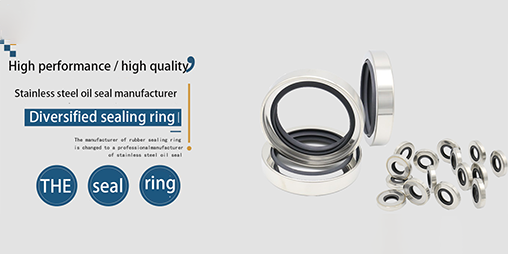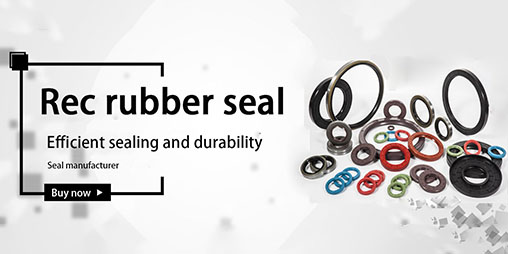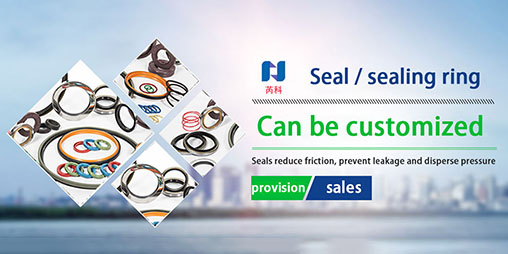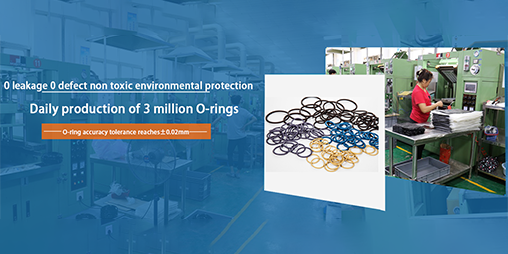Storage guide for rubber seals
source:未知 author:admin time:2021-11-04 10:39:31 Browse times
Seals are usually used as spare parts and need to be stored for a long time. Under the influence of distortion, oxygen, ozone, light, heat source, humidity, oil or solvent, the O-ring may fail due to the change of its physical and chemical properties.
Basic provisions are made on the size, cleaning and maintenance of rubber seals. According to the category of materials, these standards give the provisions of storage conditions and recommended values of storage cycle.
1. Avoid high temperature
The materials of seals mainly include rubber, polyurethane, engineering plastics, etc. some of them have poor resistance to high temperature. For example, ordinary rubber seals may age rapidly at high temperature. In order to avoid seal failure at high temperature, the ambient temperature should preferably be kept between 0-25 ℃.
2. Avoid moisture and dust
Seals are also susceptible to moisture and dust. Therefore, during storage, sealed bags and other packaging materials shall be used to protect the seals from large-area contact with moisture and dust in the air. The relative humidity of the warehouse shall be lower than 70%. Avoid being too wet or too dry, and condensation is not allowed.
3. Avoid strong light
The seal is easy to be affected by all kinds of light under strong light. Avoid sunlight and strong artificial light source containing ultraviolet light. UV resistant bags provide the best protection. It is recommended that the windows of the warehouse be painted with red or orange paint or pasted with sunscreen film.
4. Ozone
Ozone erosion will also cause premature aging of seals. Therefore, seals need to be isolated from ozone during storage, and rubber materials should not be exposed to circulating air. This can be achieved by packaging, winding, storing in airtight containers or other suitable methods. Ozone is harmful to many elastomers. The following equipment should be avoided in the storage room: mercury vapor lamp, high-voltage electrical equipment, motor, equipment that will produce sparks or static electricity.
Contact with metallic or non-metallic materials: do not contact magnetic materials, cast iron, copper and alloys, or those materials containing materials that will damage rubber. PVC materials shall not be used to pack seals. Seals of different materials shall not be mixed together.
The shelf life and the shelf life of monitoring elastomers are determined by the type of rubber material. Under recommended storage conditions. The shelf life of these materials is as follows:
Polyurethane, thermoplastic - 4 years
Cyano butadiene rubber, hydrogenated cyano butadiene rubber, neoprene - 6 years
Ethylene propylene rubber - 8 years
Fluororubber, silicone rubber, fluorosilicone rubber - 10 years
Teflon - indefinite
After exceeding the above period, it shall be inspected before use. After inspection, it may still be used for a period of time. Even if stored under the above good conditions, rubber with a thickness of less than 1.5mm is easy to oxidize and fail. Therefore, such products must be regularly inspected and tested even within the above years.










